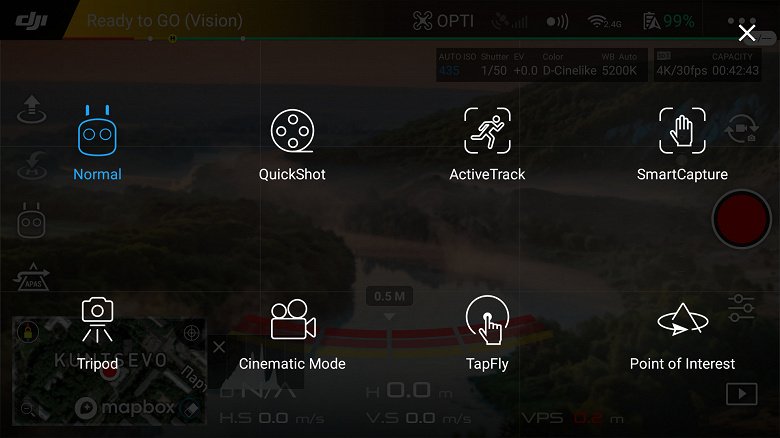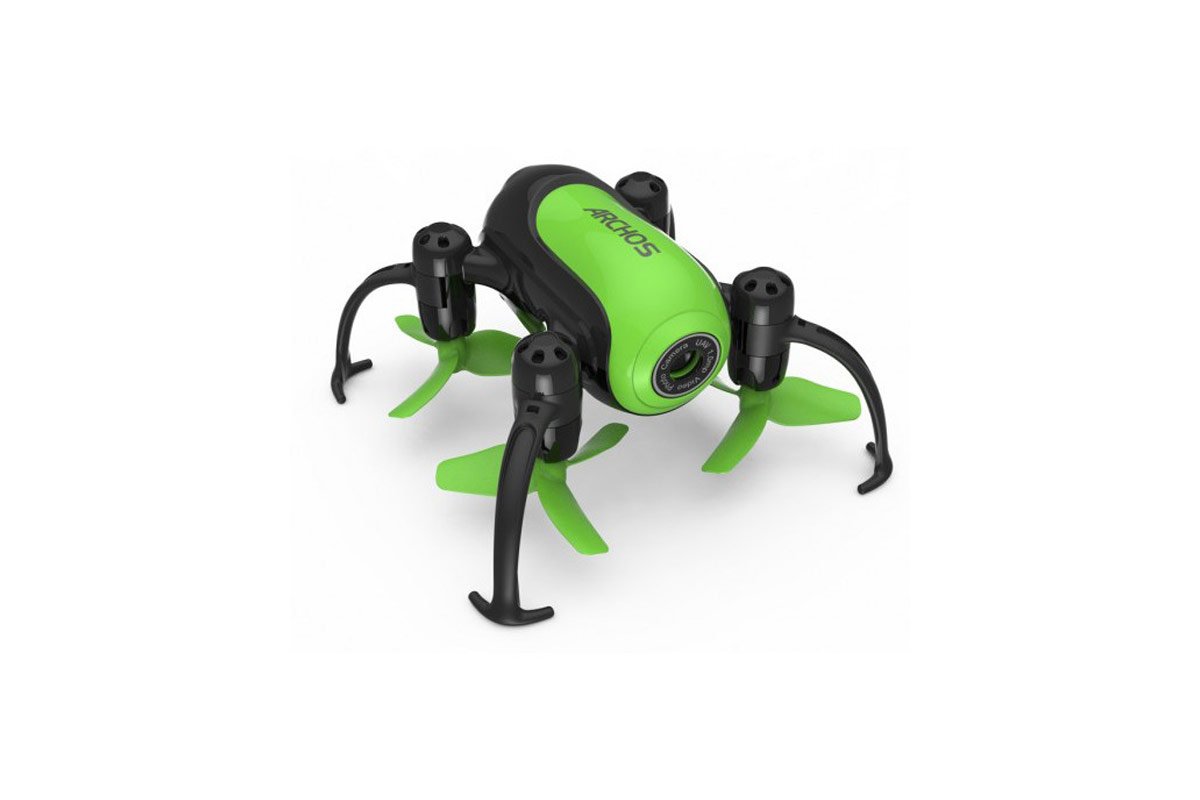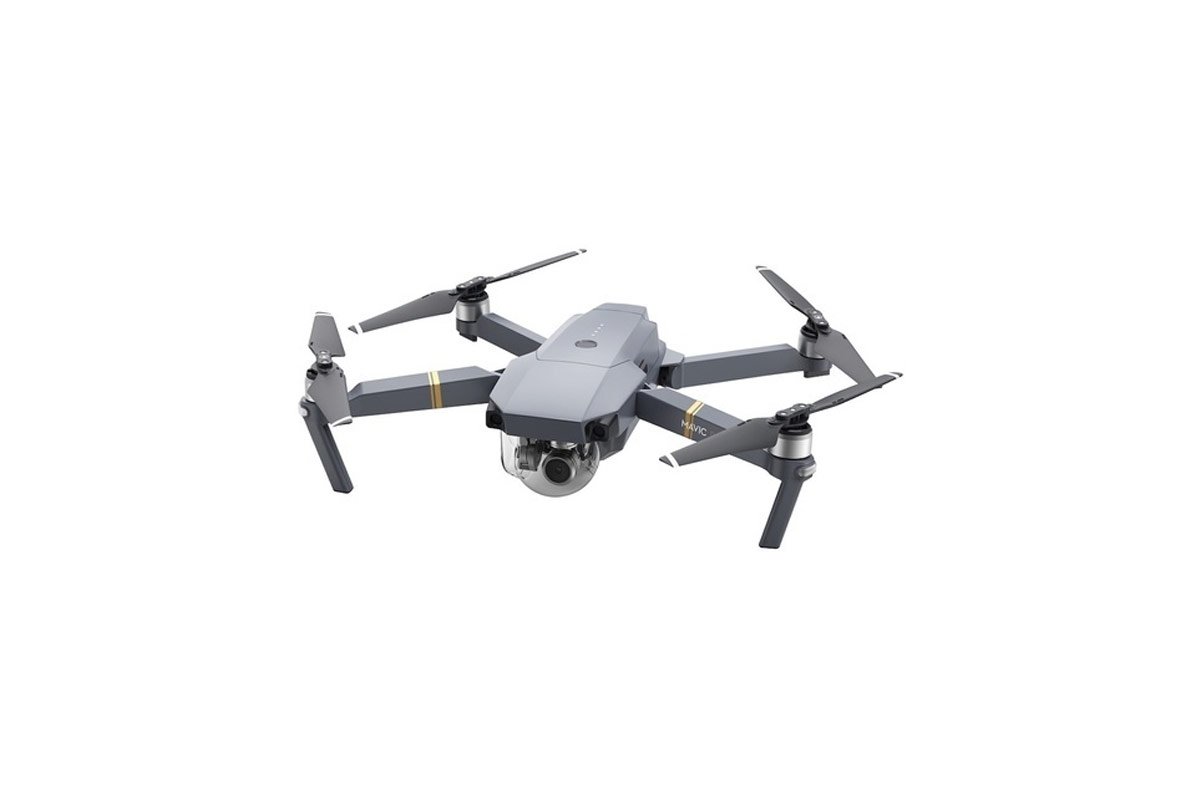Description


Introduction
DJI took the top of the Spark and DJI Original Mavic Air Camera Drone , paste them together, improved them a compact, and added a few extras, resulting in the Mavic Air. A small drone with high ambitions, the DJI Mavic Air packs 4K HD video recording, a three-axis gimbal camera, an upgraded barrier avoidance system, and onboard storage into a compact and foldable form factor that slips into a pocket. You’d be hard-pressed to find a better drone that packs up so neatly and has as many smarts as this one.


Design
DJI has launched the DJI Original Mavic Air. The Mavic Air is the first DJI drone to introduce USB-C for content transfer. The USB port can’t use to charge the Mavic Air Drone. It also allows with a microSD card slot, But this time there’s 8 GB of onboard storage. So, if you forget to take a card or manage to fill it up swiftly, you can continue shooting with just a single spout.
The new drone’s arms are foldable, pickings portability to a whole new level. When folded up, the Mavic Air can slip into a large pocket – think cargo pants or a big jacket. Weighing in at 430g, it’s more substantial than the 300g but lighter than the 743g. The Mavic Air is vigorous and well-built. The recessed gimbal, with its hasp-on camera cover, adds a layer of shelter, making this a great travel companion. However, popping the lid back on after use can be a tad fiddly, with no perfect way to clip it back on. You’ll need to ensure the camera is facing straight ahead, or you won’t get the cover aligned properly to slide into position.


Features
Including several high flight modes, the gimbal camera helps make everything happen. As well as the smattering of typical DJI flight modes, together with Active Track ‘follow-me’ modes, the Mavic Air Camera steals the Quickshot and hand gesture flight modes from the Spark. The critical thing to point out is that the Mavic Air can better handle the features as well. The Mavic Air Camera is more responsive and safer. The Mavic Air equipped with rear-facing hurdle avoidance sensors. These are critical for using the drone indoors or around people.


Camera
The camera captures light through a 24mm f/2.8 lens with an 85-degree field of view. It is an auto-focusing lens with the smallest focal length of 0.5m. Capturing video is done at a maximum of 4K HD resolution. All of the video resolutions give 24, 25, and 30 fps with 4K HD maxing at 30fps. 2.7K offers up to 60fps, 1080p, and 720p, both max out at 120 fps. Still, images shot at either 4:3 aspect ratio at 4056×3040 or the 16:9 aspect ratio for 4056×2280 pixels of resolution. Hold that camera in place, and stable is a 3-axis gimbal camera. You can control it by using a wheel on the remote, and a scroll bar in the app, straight forward to straight down.


Performance & Control
Setting up the Mavic Air isn’t hard. You have to need to install the DJI Go 4 app on your mobile phone and then follow the steps on screen to join to the drone, either via Wi-Fi or by linking to the controller. At one time set up, flying the drone is smooth as butter. In Sport mode, this pocket rocket drone can reach a max speed of 68.4km/h, or 40mph.









Reviews
There are no reviews yet.